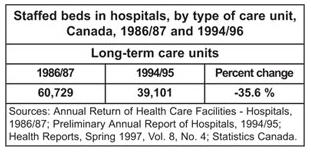
What are the key insurance components of an Estate Plan?
An estate plan is a singular categorical part within organized financial strategies aimed at achieving financial independence. Life insurance, disability insurance (group or personal), critical illness (CI) insurance and long-term care (LTC) insurance policies are key components of a good estate plan when protecting your family’s financial security.
Keep your documents up to date with your life needs. It is important that an individual maintains and updates a will and two powers of attorney documents: 1) for property such as real estate, bank accounts, and investment assets, and 2) a power of attorney for personal health care.
Life changes can affect the integration of each of the above strategic solutions. Therefore it is important to review the above aspects of an estate plan every three to five years. For example, there may be a change in the beneficiaries, where a person needs to be added or removed during an addition to the family; or if you remarry, your existing will may automatically become nullified.
There may be significant changes in your net worth if the value of your residence or investment assets change over time; or your liabilities increase or are paid off. If you have significant assets, have your accountant make sure that the best tax arrangements are in place.
Business owners If you are the shareholder of business assets, make sure that a buy sell agreement is in place in the event of your death or disability, assuring that every owner is covered with life and disability (income replacement) insurance.
An estate plan may benefit from using formal trusts to reduce taxes and segregated funds to circumvent or minimize probate or estate administration tax and/or fees or protect assets from creditors.
Life insurance with named beneficiaries can also be solutions to transfer capital tax-free to heirs outside of probate/EAT scrutiny. For an estate plan seeking to transfer large capital assets to named heirs, it would be wise to discuss these capital-transfer techniques with an account and/or tax lawyer.



















